It’s now mid November and dragonflies can still be found perching and warming themselves on the fence-posts of my local nature reserve. Dragonflies can be broadly divided between hawkers, which patrol up and down or in zigzag fashion, chasers and darters, which make sudden dashes, and skimmers, which brush close to the water’s surface. While the larger hawkers, chasers and skimmers have vanished and will not appear again until the Spring, the smaller darters can pride themselves on becoming ‘the last of the dragons’ and can be seen until the end of the Autumn.

The Darters seemed to be particularly fond of perching on this fence-post and it was lovely
to see them as late as November. However, this is not uncommon for this particular species
of dragonfly which tends to be the last dragon to vanish before the winter.
The common darter (Sympetrum striolatum) can be seen in a wide variety of habitats, including lakes, ponds, canals and slow-flowing rivers. They are ambush predators, waiting on a prominent perch – such as a leaf or the top of a gate, until prey fly past, whereupon they will fly after it. They are territorial on breeding waters, often attempting to chase much bigger dragonflies away. Their habit of repeatedly returning to a sunny spot allowed me to easily predict where they were going to land, which is why I find them one of the easiest dragonflies to photograph. In suitable hunting areas away from water, however, they are not territorial and large numbers may assemble on fence-posts running along the hedgerow.
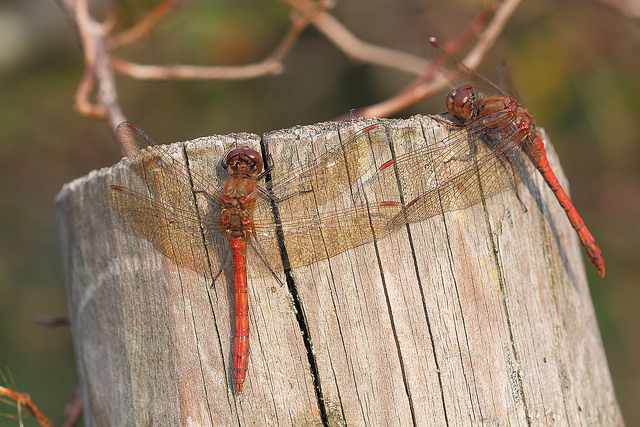
Two male darters congregate on a favourite fence-post.
In august, the male darters with their bright orange broomstick abdomens appear to glow alongside the golden leaf symphony that permeates the landscape. At such a glorious moment their membranous, multifaceted wings catch the sinking sun’s golden rays and appear to twinkle and sparkle. Like fallen leaves their delicate beauty is defined through a delicate network of interconnecting veins, which at this time of year appear torn and ragged – a fitting testament to the ravages of past skirmishes.
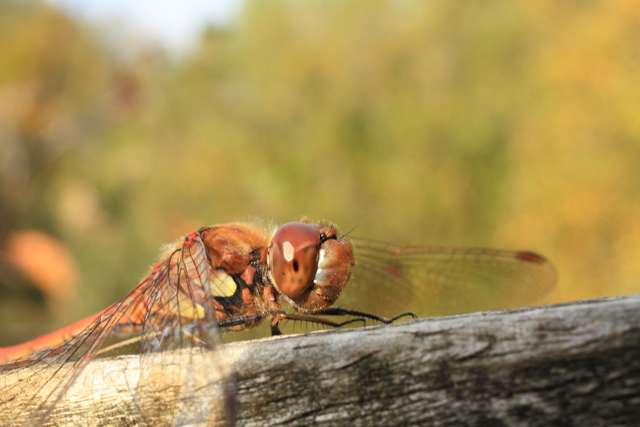
The bright orange, yellow and brown colouration of a male Common Darter
is mirrored by the golden autumnal hues of the woodland background.
These primordial creatures, like mythical dragons from a remote past, will soon be gone and it’s the realization of this fleeting instant that makes this moment so special. Next week, all these darters may well be gone. However, before they disappear, let the magic of photography cast its conjuring spell and freeze this moment in time, preserving a remnant of their majestic presence.
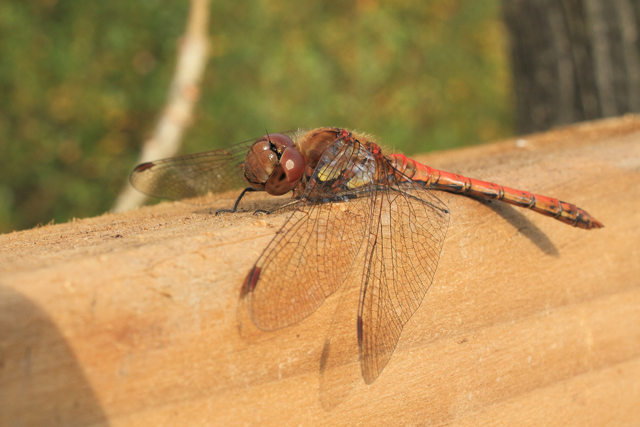
Male Common Darter resting on fence-rail.
On the bottom right hand-side the encroaching shadow cast by the camera lens can be seen.
The darters were photographed using a Tokina 35mm macro lens (with the exception of the close-up shot of the eyes, which was taken with Canon 100mm USM macro). The short 35mm focal length necessitated a very close focusing distance. 1.1 magnifications are possible at approximately 1cm! However, to frame the whole of the darter a more realistic (yet still challenging) distance of a few inches was required. Fortunately, darters are the most approachable of dragonflies and with careful stalking technique can be photographed within breathing distance. They are very tolerant and when spooked will often come back to rest within the same perch or resting spot.
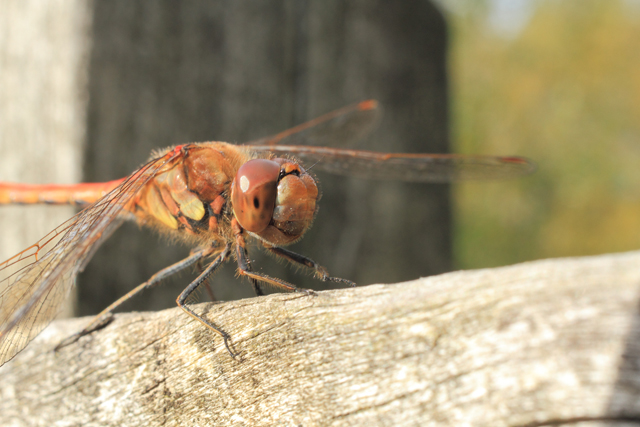
The darter is alert and ready to take-off!
I find that darters are less likely to fly away if they’re approached very slowly from a low angle, instead of from above. The reason for this may have something to do with the structure of their eyes. It’s important to realize that the omnatidia (the thousands of tiny lenses that make up the compound eye) are not distributed evenly over the surface of the eye. Those in the upper part, looking forward (the black part) are larger and more numerous than the lower ones (the lighter part). The size difference means that dragonflies (as well as damselflies) are better able to see subtle detail and movement coming from the front and above. A perched darter is extremely aware of approaching danger and predators such as birds are more likely to attack from above than from below. These black areas are known as pseudopupils. The black pigment means that this area of the eye is more effective at absorbing light rather than reflecting it, making it particularly sensitive to any changes in light and movement.
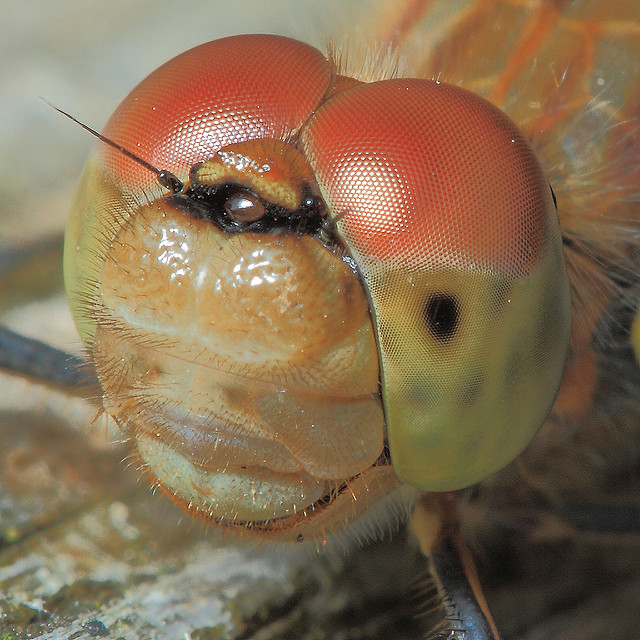
The black spot is known as the pseudopupil. The black pigment means that this area
of the eye is more effective at absorbing light rather than reflecting it, making it
particularly sensitive to any changes in light and movement.
A sound stalking technique must therefore take into account the incredible sensitivity of the dragonfly’s eyes while also capitalizing on its Achilles heel (less sensitive area). I therefore always try and approach from below and once I’m within a foot or two away I’ll very slowly raise myself to face the darter head-on while trying not to cast any shadow. This is the most critical moment as by elevating myself I pose a real perceived threat (a threatening predator). In this instance the darter was resting on a fence-rail and this made it easier for me to rest my lens on the same rail while gradually moving-in to within a few inches. Any closer and the lens would have cast an inevitable shadow on the subject necessitating the use of a heavily diffused flash. I didn’t have a flash and so had to avoid getting too close. However, with a focused and planned approach it was certainly possible to have the darter practically touching the lens!
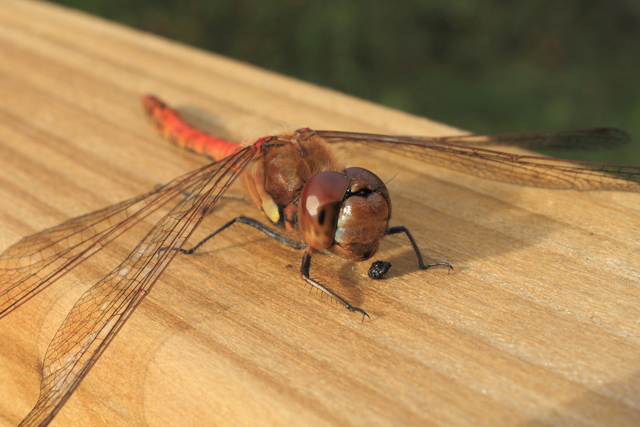
The darter was resting on a fence-rail and this made it easier for me to focus by
resting my lens on the rail while gradually moving-in to within a few inches.

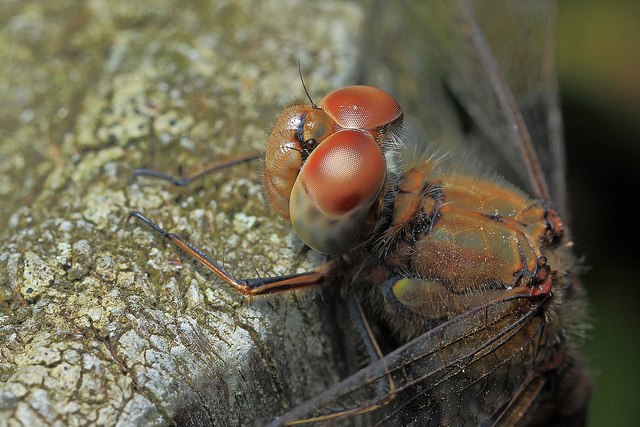
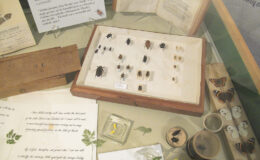
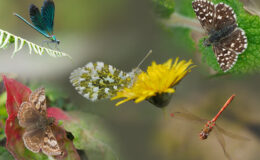
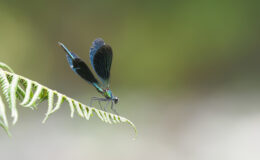
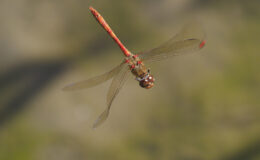
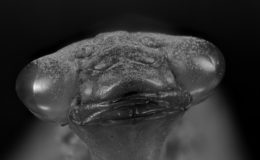
Leave a Comment